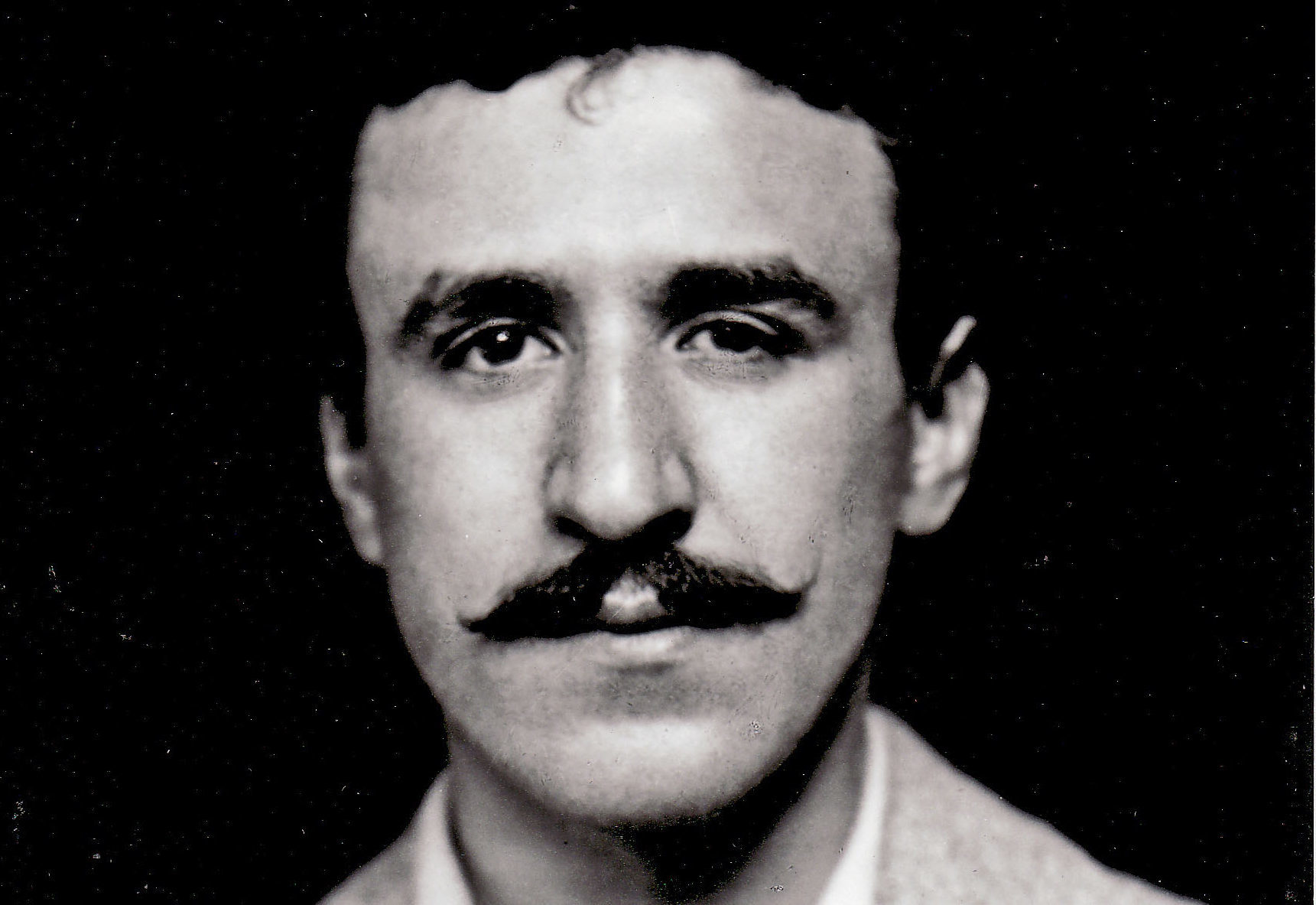
CAMPAIGNERS are fighting to have a pair of iconic villas designed by Charles Rennie Mackintosh restored to their former glory after years of neglect.
The A-listed houses – originally known as Redclyffe and Torrisdale – were built in 1890 when Mackintosh was just 22.
They are believed to be the earliest example of a building designed by the architect.
But the semi-detached villas in Springburn, Glasgow, are becoming increasingly dilapidated and essential repairs have not been carried out.
An external survey commissioned by the Charles Rennie Mackintosh Society in 2015 identified vital work which needed to be done.
None of it has yet been started more than three years later, while the houses continue to deteriorate.
Charles Rennie MacKintosh buildings across Glasgow:
Now the local MP and the CRM Society have called on the council to preserve the historic houses.
Stuart Robertson, director of the Charles Rennie Mackintosh Society, visited Springburn last week and found the villas in a “shoddy” state.
He said: “Looking at these A-listed buildings now, it looks very shoddy, with no sign of maintenance work since we saw it.
“Also the trees in the garden are now overshadowing the properties and putting them at even more risk.
“With the catastrophic fire at the Glasgow School of Art, it is more important that these Mackintosh buildings are looked after.
“The Mackintosh legacy is small, vulnerable and irreplaceable.”
Paul Sweeney, the Labour MP for Glasgow North East, said: “I intend to write to the chief executive of the council.
“It’s a real priority to try to get the Mackintosh villas restored.”
The 2015 survey was sent to Glasgow City Council after being carried out by architects Page Park and funded by the Monument Trust.
It highlighted problems with the external walls and windows, gutters, roof and chimneys.
The work needed on the chimneys was identified as urgent because of “public safety” concerns.
It stated: “The concern here is that what appears to be loose stonework at the chimney head may become dislodged, damage the roof and fall to ground level with the potential to have significant consequences.
“It is recommended that, as a matter of priority, all chimney heads to both houses are safely accessed and inspected with provision being made for the removal of any loose stone or chimney cans which are in imminent danger of becoming dislodged, for example in strong wind conditions.”
The surveyor detailed urgent work needed on the gutters and necessary repairs to the stonework.
The historic wrought-iron railings and gates were also badly corroded, despite being “distinctive and worthy of retention”.
The report concluded: “Overall assessment of the property would be that the need for intervention is of a ‘necessary’ level of importance (within the next 10 years) with the qualification that the chimney heads should be dealt with as soon as possible as there is a potential public safety issue.”
A subsequent inspection by the city council showed that the chimneys were not posing a danger.
Mr Robertson added: “In 2015 The Mackintosh Society undertook an extensive building survey of all the Mackintosh collection.”
He said the report laid out that the property was in need of long-term repair and that the chimney heads were of immediate concern.
“Also, we recommended the railings were in need of repair to ensure long-term integrity,” he added. “This report was sent to Glasgow City Council.”
Official planning records for the red sandstone villas have not survived as when they were built the area was in Lanarkshire rather than Glasgow.
The Glasgow Post Office directory shows that the first resident was Mackintosh’s cousin James Hamilton. He moved into Redclyffe in December 1890, while the first tenant of Torrisdale was wine merchant George Clark.
In 1946, Hamilton’s daughter detailed the houses’ provenance to architectural historian Thomas Howarth. They were described in Howarth’s 1952 biography as Mackintosh’s “first commission”.
The Mackintosh connection also saved the houses from demolition in the 1960s, when all the neighbouring 19th-Century villas were knocked down to make way for social housing.
The council’s parks department kept them on as houses for two park-keepers and their families.
One of the houses had its original stained glass stolen more than 30 years ago.
The current tenants have also pressed the council to carry out both internal and external repairs.
A spokesman for Glasgow City Council said: “We are in discussions with a local housing association about transferring ownership of these properties to them.
“Investment in the properties is part of our discussions and we feel the housing association is much better placed to manage the properties on a long-term basis.
“We are hopeful this matter will be resolved in the near future.”

Enjoy the convenience of having The Sunday Post delivered as a digital ePaper straight to your smartphone, tablet or computer.
Subscribe for only £5.49 a month and enjoy all the benefits of the printed paper as a digital replica.
Subscribe